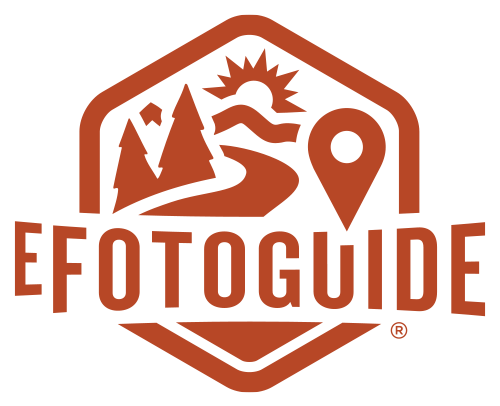HOW A STANDING DESK IMPROVED MY PHOTOGRAPHY
Standing desks have been around for years, with newer models integrating more tech than was required to send Neil Armstrong to the moon. With the simple push of a button, desk jockeys can electronically raise and lower the desk surface, allowing one to transition from a seated working position to a standing one in a matter of seconds. The health hazards of spending hours seated at a desk are well documented. Conversely, so are the benefits of standing periodically during your work day.
I know a lot of outdoor photographers. Without exception, we all enjoy this form of art so much because it requires us to be outside, in nature, breathing fresh air while experiencing some of the most incredible moments of raw beauty imaginable. And then, we go home, sit down at a desk, plug in the memory card and spend hours staring at a computer screen while editing our images. I very much enjoy the process of watching my images come to life through the magic of Lightroom and Photoshop. I do not, however, enjoy sitting at a desk – even in an expensive ergonomic chair – all day, or for a half day, or even just a couple of hours.
A few weeks ago, after spending several days working on and off to process images for a commercial shoot I’d recently completed, I’d reached my limit. Never again would I force myself to sit for several hours a day, multiple days in a row. I ordered a standing desk.
I wanted a desk that fit my office aesthetic and it took a fair bit of research to find one the right size, with the right features and with a design that didn’t sacrifice functionality for handsome design. That narrowed it down to a select few and of those, I chose the Herman Miller Fully Jarvis with white legs and a bamboo top. The desk I was replacing was 48” wide and I always wished it were a bit wider, so I opted for a 27” x 60” desktop. Other add-ons included the cable management tray and programmable handset. A tangle of cables has always caused my OCD to flare up, and I was especially eager to be able to hide them. The desk pairs nicely with my Herman Miller Aeron chair, for those times when I do need to take a load off and sit down.
THAT’S ALL WELL AND GOOD BRET, BUT HAS YOUR PHOTOGRAPHY IMPROVED?
I’ve been using my standing desk for several weeks. Has my photography improved? I mean, kind of. Let me explain. Obviously, the desk isn’t going with me when I head out to make photographs. But, I’ve found that I’m far more motivated to spend time working on images while standing than I am when confined to a chair. And, when my old and injury ridden feet and ankles start to moan, I press a single button and watch the desk slowly descend as I plop my ass in the Aeron. Now that I’m not rushing to process images just so I can finish the job and get out of my chair, I am finding that my images have, in fact, improved. They are better processed, both in terms of creative liberties and in pure technical quality. I’m more inclined to spend time smoothing out rough edges and trying new techniques. As an extra bonus, my Apple Watch shows that I’m spending significantly more time standing (hours more) than I was previously. Better images, improved health and a more enjoyable experience? That’s the rare triple win.

